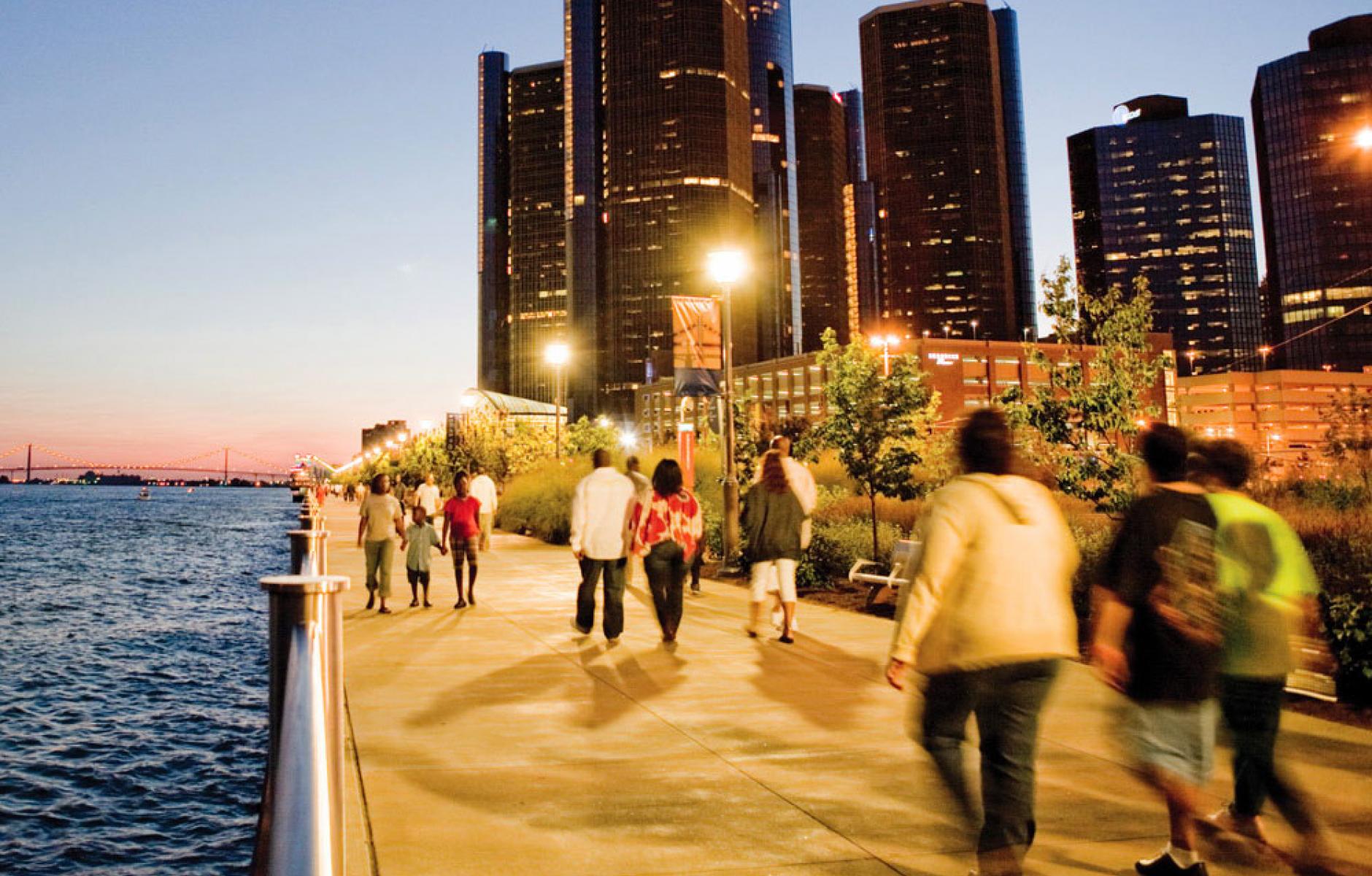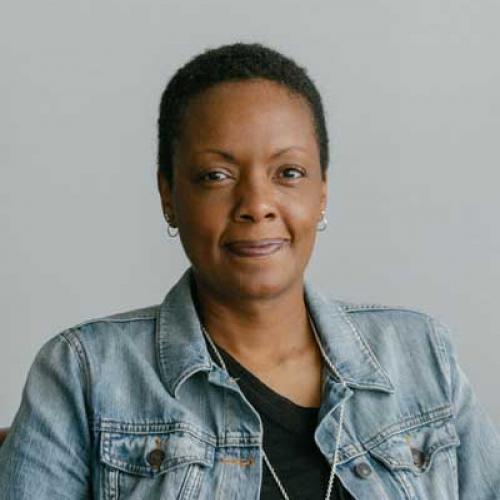
The case for AfroUrbanism
AfroUrbanism centers the lived experience of black people in the design and creation of black communities. It puts black culture at the fore, taking into account the past harms, current challenges, and future aspirations of black city dwellers. AfroUrbanism goes beyond Black folks practicing traditional urbanism, it explicitly requires us to employ our cultural fluency; that previously undervalued body of knowledge that planners of color have always brought to the table that, in a moment like this, can finally be recognized and prioritized.
Current world wide trends recognizing the Black Lives Matter movement have encouraged reflection and interrogation of practices across all industries and sectors. In a post-George-Floyd world, practitioners in every discipline are calling for more expressed demonstrations of racial equity, anti-racism and, in more learned circles, liberation. Most of the public discourse around city change addresses the reactions of communities of color to being physically and culturally displaced and excluded. The dynamics in the field are majority White practitioners working in communities that are predominantly Black. Historically, we’ve accepted this as an inexorable condition.
If this is truly a moment where Black lives matter, then we also must finallyrecognize that Black voices and Black ideas matter especially in cases where the future of Black communities is being determined. Community engagement is usually the role I’m invited to fill when hired for a specific development project or master plan process. However, I actually end up as the cultural context expert, racial equity consultant, holder of safe space, facilitator of the difficult conversations and the moral compass for the team. I’ve struggled to find an all-encompassing term to describe the range of skill sets and knowledge that myself and other Black folks working in these disciplines bring to the practice. It’s beyond our academy learning. There are things that we inherently understand about these communities and their people because we share a common culture, we are ofthese places, we arethese people.
Current approaches in urbanism don’t value the impact of culture/cultural understanding. Instead, we unilaterally apply the same generic principles to communities where the lived experiences of its members are vastly different. We center the built environment, because we’re taught that’s where the value is in communities of color, in the property, not the people. Capitalism dictates that we can measure the value of a thing by how much we spend on it. Current practices allocate hundreds of millions for the restoration of buildings and streetscapes, and offer no consideration for the “restoration” of people.
AfroUrbanism offers an opportunity to bring the swagger back to Black communities. These communities are full of folks who are already practicing it, but our field doesn’t recognize the contributions of people who aren’t “credentialed” in the traditionally valued ways. This moment, however, demandsthe recognition, celebration (and compensation—that’s a whole other essay) of the work that’s been happening and an intentional shift in the work practitioners are doing now and into the future.
Some guiding principles to consider:
The community is the client! No matter who is fronting the bill.
Our work should always be in service of those who will be most impacted.
There is always a shadow scope. (Our real work isn’t confined to what is on paper).
To the extent we are capable, we should seek to address any and all emergent issues.
- Place-based expertise > “professional” experience
Academic study and work experience provide practitioners with a body of knowledge that we can utilize in the practice of city building, but so does being embedded within a community. Whether it be a geographical community or ethnic group, lived experience and cultural competency have equal, if not greater, value when working in communities of color. What looks like a “solution” in Portland can be problematic when applied in Detroit. A critical cultural analysis is key in understanding the nuance.
In what ways can you demonstrate the prioritization of place-based expertise?
How can planning/development expertise be complementary?
- Relationships > real estate
Racial and ethnic minority groups have always had to rely on one another for their survival. Being in right relation with your neighbors means a ride to work when you don’t have a car, someone watching your home while you’re away, help with basic needs when something unexpected happens, etc. A community isn’t a group of buildings, it’s a group of people. The built environment is merely a tool to work in service of meeting social needs.
How can our work reinforce existing community connections and create space for the development and maintenance of new ones?
- Process > product
Predominantly Black communities have historically and consistently had to defend themselves against outside actors (and in many cases, city government) looking to capitalize on their devaluation. The processes have been marred with ulterior motives and broken promises.
How might we design processes that restore trust between planning/development professionals and the black community?
- Culture > commerce
In Black communities, “development” typically occurs at the cost of culture. The ways in which black people socialize, communicate, trade and express themselves are always subject to scrutiny and often superseded by the folkways of a few newcomers. The business offerings in a neighborhood should affirm the existing culture, anything less serves as an invitation for displacement for members of that community.
Outline specific ways in which your effort has identified and amplifies existing culture?
- Transformation > intervention
Current approaches call for interventions: quick wins, superficial demonstrations of “progress” and “action.” Interventions usually stop and start at the built environment. Transformation requires attention to social and culturaldevelopment, not just physical.
A new neighborhood greenspace, alone, is an intervention. Convening the right organizations/individuals for the ongoing programming and maintenance of said space, could make it transformational.
In what ways is your effort transformational (providing sustained net benefit) for those most impacted?




